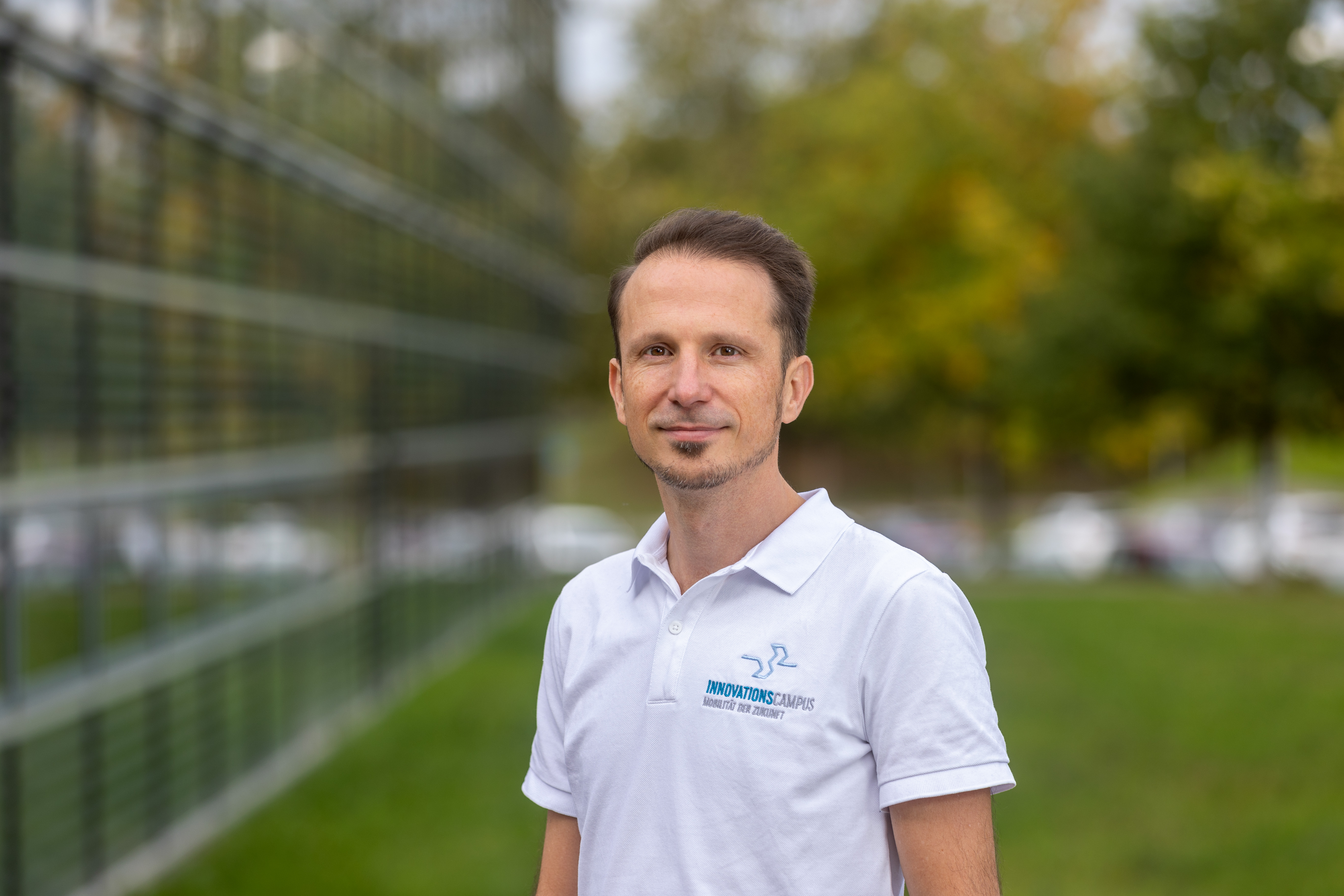
IC14 - AddDEM
Characterization of technical powders for multiscale modeling of particle processes using the example of metallic additive manufacturing
In powder bed-based additive manufacturing processes, there are numerous process steps in which fine metallic powders are prepared or processed. The properties of these powders are currently only rarely and predominantly considered phenomenologically. There is great potential for increasing efficiency and reducing costs in powder bed-based additive manufacturing. Simulations can help to better understand the influence of powder properties. The Discrete Element Method (DEM) is a numerical method for simulating particle systems. Among other things, it offers the possibility to efficiently and physically correctly simulate loose bulk goods in the form of granulates and powders. However, there is currently neither a suitable simulation model for representing large quantities of powder nor a method for economically characterizing them.
Aim, approach and benefit
The aim of the project is to develop a fundamental understanding of an efficient and problem-adapted modeling approach and a methodology for the characterization of fine metal powders for powder bed fusion - laser beam (PBF-LB) at the scale of the problem.
For this purpose, the properties of two 316L stainless steel powders with different particle size distributions will be characterized precisely, and a microscale powder model will be built for DEM. Based on the micro model, a macro model with equivalent behavior will be derived through a grain coarsening approach. Additionally, the experiments necessary to characterize the powder properties will be systematically reduced to develop a method with minimal experimental effort. The models will be validated using a powder deposition process. Finally, the characterization method and the built multiscale simulation model will be transferred to an aluminum-based alloy to demonstrate generalizability.

Key data
Research Field
Manufacturing SystemsPeriod
01.05.2023 until 31.10.2024Project participants
Contact

Thilo Zimmermann
Deputy Managing Director, Head of Research Coordination
- Phone
- +49 711 685 60960
- fk@icm-bw.de